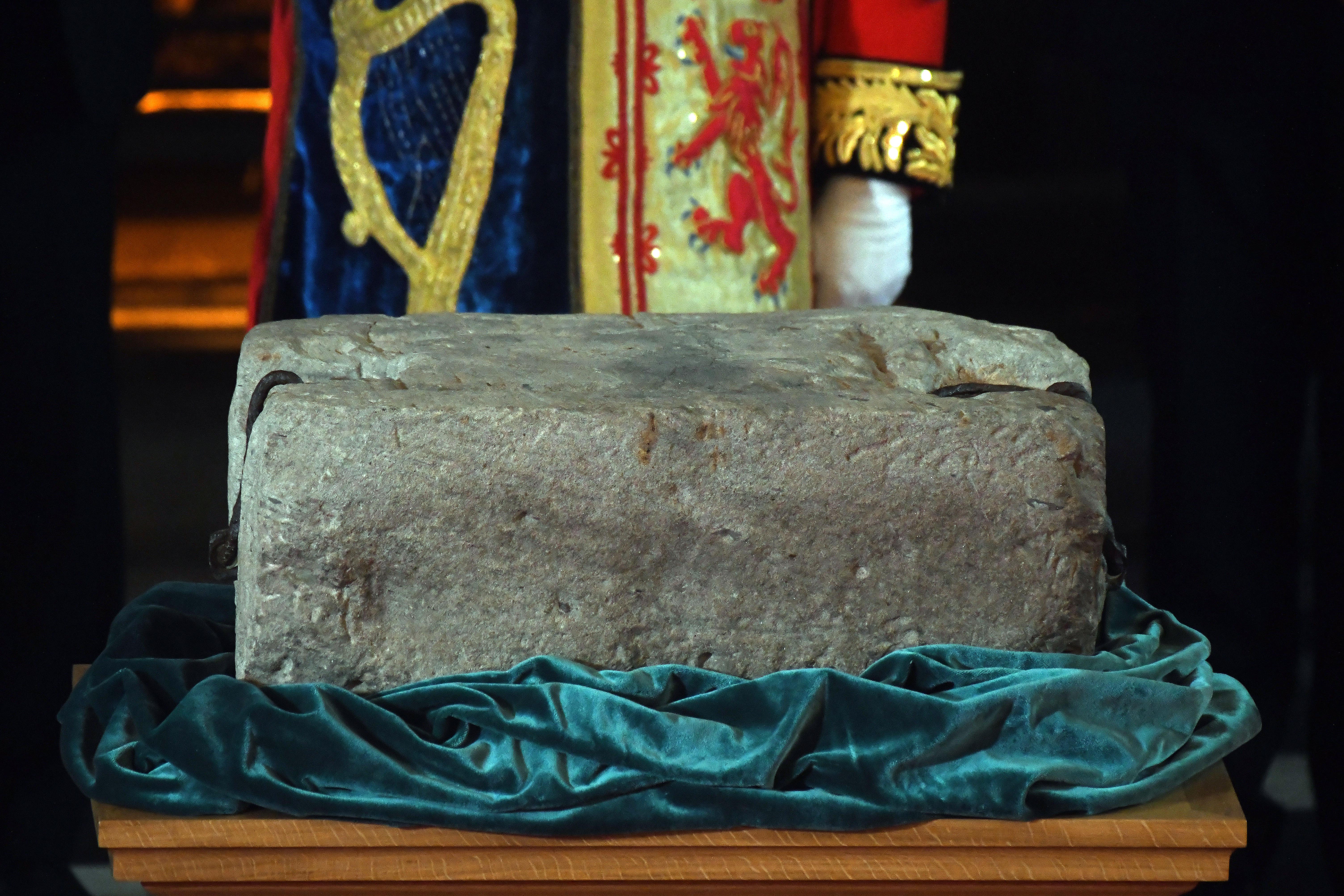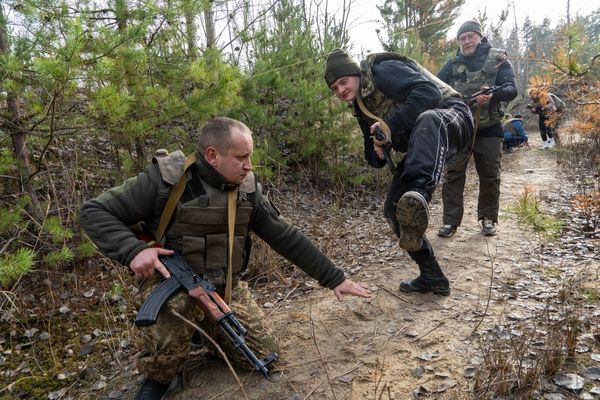The hidden fragments of the ancient Stone of Destiny have been meticulously traced by a researcher unravelling the artefact’s enduring mysteries.
Professor Sally Foster’s compelling theory regarding the puzzling "XXXV" Roman numeral found on the underside of the sandstone block has also been published in an academic journal.
The Stirling University academic has dedicated painstaking research to uncovering the stories behind several fragments, which became separated from the original piece during its secret repair in 1951.
This repair followed the audacious raid the previous year, when a group of Scottish nationalist students spirited the 152kg block away from Westminster Abbey.
The Stone broke in two during the daring operation and was subsequently repaired by stonemason and sympathiser Bertie Gray before its return to the police.
Professor Foster’s research now suggests that Gray collected 34 fragments of the original stone during this clandestine work, and potentially inscribed the numeral for 35 on the stone itself as a light-hearted acknowledgement of his own pivotal role in the artefact’s storied history.

Following a public appeal earlier this year, her research has been published in The Antiquaries Journal as an academic paper.
The lives of several fragments are traced, some of which were gifted to SNP politicians, including the late former first minister Alex Salmond and two former MPs.
One fragment travelled halfway across the world to Australia and is stored in a museum.
Prof Foster said: “This is not just any stone.
“When Scottish nationalists manhandled it out of the Coronation Chair and secreted it away from London’s Westminster Abbey on Christmas morning 1950, this caused the English–Scottish border to be closed for the first time in 400 years, because, since the 14th century, nearly all English, later British monarchs, sat over the Stone during their coronation, in an act that symbolised the subjugation of the Scots.”
The stone, also known as the Stone of Scone, currently sits as the centrepiece exhibition of Perth Museum, which narrates its centuries-long history with the Scottish and later British royal families.

The existence of fragments from the Stone of Destiny has already been acknowledged – an inch-sized piece was gifted to Mr Salmond by Sir Neil MacCormick and was kept at SNP headquarters – but it was only Prof Foster’s research which revealed there were more than 30 in existence.
The Stirling University researcher also discovered that Canadian journalist and Calgary Herald editor Dick Sanburn was gifted a fragment and had it mounted behind his desk.
Prof Foster said: “With the likely perception of the fragments as being stolen property, few people opted to brazenly flaunt and taunt with their possession, except for some politicians.
“Families cared for them, emotionally and physically, and we can also trace the progression of fragments to valued heirlooms.”
When Charles was coronated in 2023 the Stone of Destiny was taken to London where it was mounted in the Coronation Chair, continuing its ancient role in the monarchy.
It moved to Perth Museum last year, having previously been kept at Edinburgh Castle.

Describing the mysterious Roman numerals on the stone, Prof Foster said: “I believe Gray, having gathered the 34 fragments, applied the XXXV as part of his finishing touches to the Stone’s repair – the fragments plus the Stone equals 35.
“He used Roman numerals because these are easier to scratch into stone and, as a mason, he would have been familiar with historic masons’ marks.
“He had the rare and almost unique opportunity to access the underside of the Stone, he had the means, he had the sense of humour, and the number 35 would only have been meaningful and significant to him.”
Prof Foster says she is still keen to hear from people who may have knowledge of the fragments’ whereabouts.







